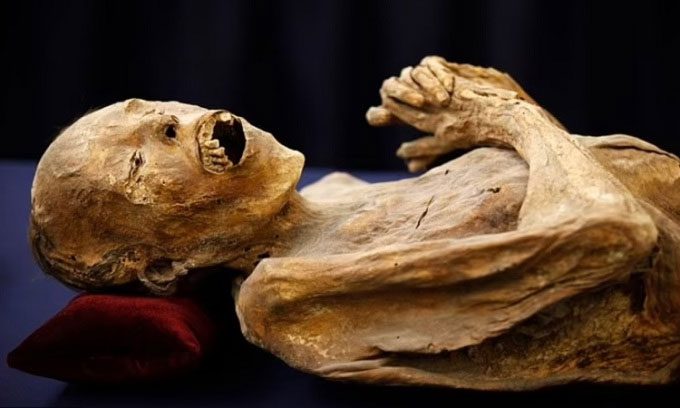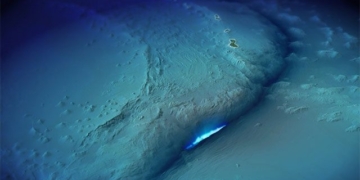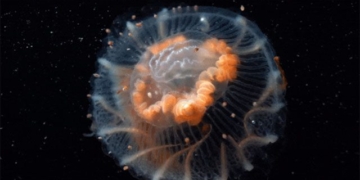The Mexican government and health experts warn that the display of 19th-century mummies may pose health risks to visitors.

A mummy displayed at the Museo de las Momias. (Photo: Reuters).
The mummies, buried in a tomb beneath the mineral-rich dry soil in Guanajuato, Mexico, serve as catalysts for the preservation of intact remains. The Guanajuato mummies were unearthed in the 1860s because the deceased’s families could not afford burial fees and were subsequently displayed. This has become one of the region’s most popular tourist attractions. The mushroom-covered mummies are among dozens of remains showcased in glass cases at a tourism fair in Mexico City. The National Institute of Anthropology and History of Mexico (INAH) stated they were not consulted about the decision to display these mummies, according to Ancient Origins on April 1.
“It is concerning that the mummies are still on display without safety measures to protect the community from biological hazards. From the photographs, at least one mummy shows signs of mushroom growth. This mummy needs to be carefully studied to determine whether it poses a threat,” stated INAH. However, the institute’s experts did not specify the type of mushroom growing on the mummy.
The Museo de las Momias in Guanajuato opened its doors in 1969 to house the mummies. The remains are arranged in different areas based on age, gender, and cause of death. Some mummies even maintain lifelike postures, such as a mother holding her child. The museum has implemented several measures to ensure that the mummies are treated with respect, and visitors must adhere to specific regulations while touring the facility.
Natural mummification is the process by which the skin and internal organs of a person or animal are preserved without the use of human chemicals. This rare process occurs only under specific circumstances, such as extreme cold, arid conditions, or lack of oxygen. Naturally preserved mummies can be found beneath deserts, buried in anaerobic peat bogs, or frozen on glaciers.


















































